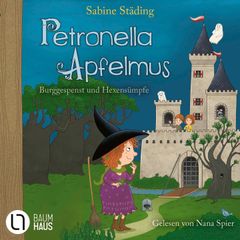- Hörbuch
- 2024
- 7 Min
- Strelbytskyy Multimedia Publishing
Search Links
Titel
Jorinda and Jorindel
Beschreibung
An evil shape-shifting witch lived alone in a dark castle in the woods. She could lure wild animals and birds to her before killing them for food. She froze to stone any man who would come near to where she stood, and turn innocent maidens into birds and cage them. Jorinda and Jorindel, two lovers engaged to be married, went for a walk in the forest. They came too near to the witch's lair. She turned Jorinda into a nightingale and petrified Jorindel to the ground. Once she had carried away the bird, she freed Jorindel, laughing that he would never see Jorinda again.
One night Jorindel dreamed of a flower and that it would break all the witch's spells. He sought it for nine days, found it, and carried it back to the castle. He was not frozen to the ground when he approached the castle and it opened all the doors. He found the witch feeding the birds. She was unable to curse him. When she tried to take one cage away, he realized it was Jorinde. He touched the witch with the flower and her evil magic left her forever. He touched Jorinda with the flower and she became a woman again. Then he transformed all the other women back.
Auf öffentlichen Listen dieser Nutzer
Dieses Hörbuch ist noch auf keiner Liste.
Produktdetails
Autor:
Titel:
Jorinda and Jorindel
gelesen von:
Sprache:
EN
ISBN Audio:
4099995416527
Erscheinungsdatum:
18. April 2024
Schlagworte:
Laufzeit
7 Min
Produktart
AUDIO
Explizit:
Nein
Hörspiel:
Nein
Ungekürzt:
Ja
Über den Autor:
The Brothers Grimm, Jacob (1785–1863) and Wilhelm (1786–1859) were German scholars, philologists, cultural researchers, lexicographers, folklorists, and authors who together collected and published folklore. The brothers are among the most famous storytellers, popularizing such stories as Cinderella, The Frog Prince, Hansel and Gretel, The Bremen Town Musicians, Little Red Riding Hood, and Rapunzel. "Rumplestiltskin", "Sleeping Beauty" and "Snow White". Their first collection of fairy tales, Children's and Household Tales, began publication in 1812.
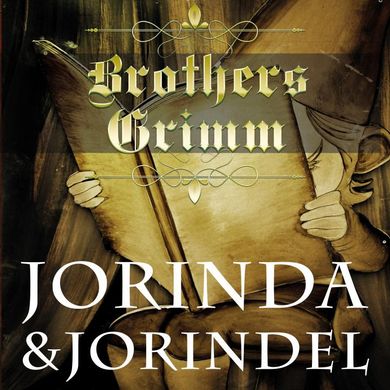









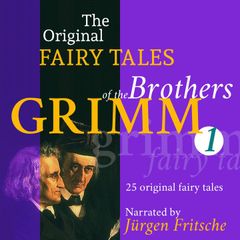
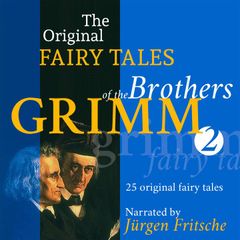

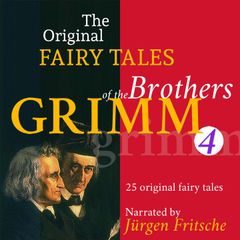
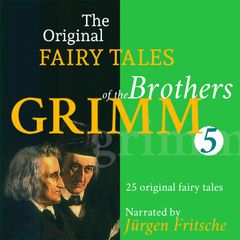

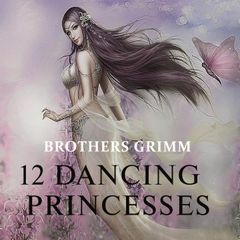

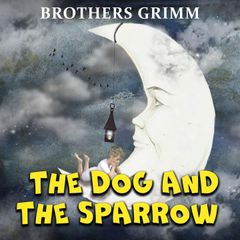


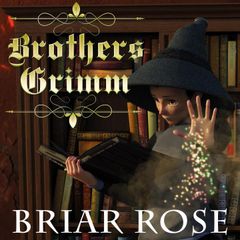

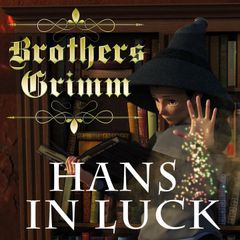
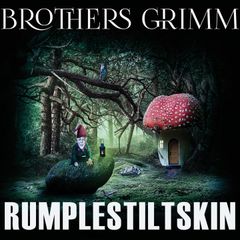

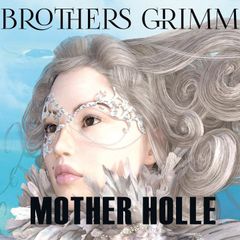
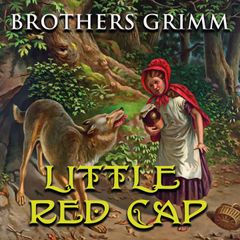

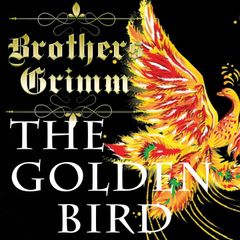














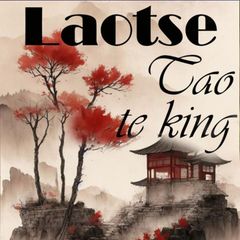





![Gespensterjäger auf eisiger Spur [Band 1]](https://d1lxhtz51drc8h.cloudfront.net/_/rt:fit/dpr:1/q:80/w:240/h:240/g:ce/el:false/aHR0cHM6Ly9hc3NldHMuZmFiZWx5LmNvbS9jb3Zlci85ODMxNDYwLmpwZw==)



![Legend Academy. Fluchbrecher [Band 1]](https://d1lxhtz51drc8h.cloudfront.net/_/rt:fit/dpr:1/q:80/w:240/h:240/g:ce/el:false/aHR0cHM6Ly9hc3NldHMuZmFiZWx5LmNvbS9jb3Zlci8xMTkyNzU0OC5qcGc=)
![Royal Institute of Magic. Die Hüter der verborgenen Königreiche [Band 1 (Ungekürzt), Part 1]](https://d1lxhtz51drc8h.cloudfront.net/_/rt:fit/dpr:1/q:80/w:240/h:240/g:ce/el:false/aHR0cHM6Ly9hc3NldHMuZmFiZWx5LmNvbS9jb3Zlci8xODk5NDIwMi5qcGc=)
![Royal Institute of Magic. Die Hüter der verborgenen Königreiche [Band 1 (Ungekürzt), Part 2]](https://d1lxhtz51drc8h.cloudfront.net/_/rt:fit/dpr:1/q:80/w:240/h:240/g:ce/el:false/aHR0cHM6Ly9hc3NldHMuZmFiZWx5LmNvbS9jb3Zlci8xODk5NDIwMy5qcGc=)




